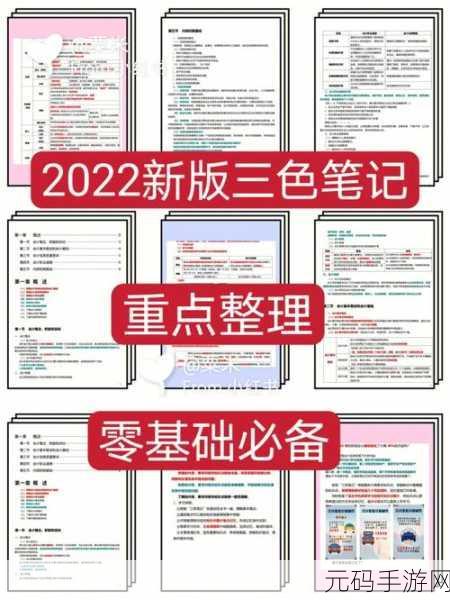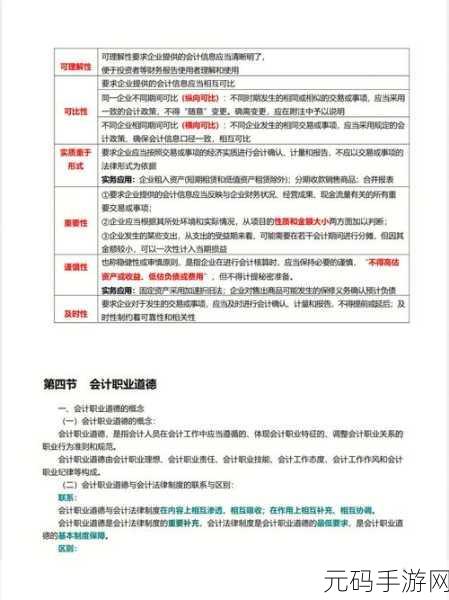了解韩国三色电费制度
韩国的三色电费制是一种旨在鼓励节能和合理用电的重要政策,尤其是在可再生能源逐渐被重视的背景下。这项制度将电价分为三个不同的时段:峰值、电量平衡以及谷值。通过这种方式,不同时间段使用电力所需支付的费用差异显著,使得用户能够根据实际需求调整用电行为,从而减少不必要的支出。
如何选择最佳用电策略
为了充分利用这项政策,用户需要熟悉各个时段对应的价格。例如,一般而言,晚上11点到早上8点是谷值时段,而中午12点至下午5点则通常属于峰值时期。在策划日常生活及工作安排时,可以优先考虑把一些高耗能设备(如洗衣机、烘干机等)的使用计划在较低收费时间进行,这样不仅可以降低家庭开销,也有助于缓解供网压力。

智能家居与三色电费结合应用
借助现代科技,实现更有效率地管理家庭能源消耗成为可能。许多智能家居系统都提供定制化设置,让用户根据三色电费规则提前设定运行模式。例如,通过编程让空调或加热器仅在便宜时段运作,同时监测实时功耗数据,以优化整体消费。此外,一些新型储能装置也开始流行,它们允许用户在低峰期充满后,在高峰期间释放存储的能量,有效降低成本。
对环境保护产生积极影响
Korea’s tri-color electricity pricing scheme not only benefits consumers financially but also contributes positively to environmental sustainability. By incentivizing off-peak usage, the policy reduces peak demand on power plants, which often rely more heavily on fossil fuels for generation during high-demand periods. Consequently, this can lead to a decrease in greenhouse gas emissions and pollution levels associated with energy production.

关注个人和社会责任感
This system encourages individuals to be mindful of their energy consumption and its impact beyond just personal finances. As awareness increases regarding climate change and environmental issues, many households are seeking ways to reduce their carbon footprint; actively participating in the three-color tariff program is one such method that allows people to play a role in nationwide efforts towards sustainability.
居民参与度与政策效果评估
The success of the tri-color electricity billing system hinges significantly on public participation and understanding of how it works. Ongoing educational campaigns by government bodies aim at demystifying these concepts so residents can make informed decisions about their energy use patterns. Feedback mechanisms enable users’ opinions and experiences to shape future iterations of policies designed around consumer behavior trends.
热门话题:
- Korean renewable energy initiatives 2022;
- The impact of smart grids on residential electric bills;
- User experiences with time-of-use electricity rates.



